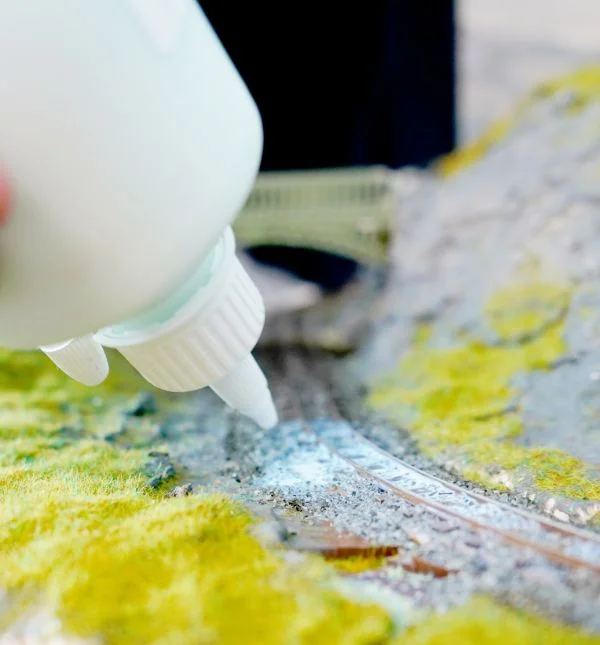![]()
We Ship Worldwide with Free UK Shipping on orders £60+ with Standard Delivery
![]()

How to Start a Model Train Hobby
Even in today’s digital world, there is something about model railroad building that continues to enthrall people all over the world. If you have decided to take up model trains as a hobby, congratulations! You will no doubt enjoy countless hours of satisfaction from your efforts. But then there’s the question: “How do I start a model railroad?” In this post, we’ll provide the basics.
Getting Started
There is no single way to approach model railroad building. You are free to choose the size of your layout, the style, the number and type of trains involved, the era and so much more. In order to get started though you will need to make a few decisions that will lay the foundation you’ll build upon. Those decisions include:
Choosing a Scale and Era
There are literally dozens of different scales you can choose from. But most people choose one of the 5 most popular model train scales, simply because it is so easy to get the trains and accessories you need. Those scales are:
- G Scale or 1:22.5
- O Scale or 1:48
- HO Scale or 1:87 (arguably the most popular scale these days)
- N Scale or 1:160
- Z Scale or 1:220
Note: 1:87 means that 1 inch on an HO model train is equal to 87 inches in the real world.
The next consideration is the era. Just like everything else, train designs change over time. For the most part, you’ll want to stick with one design era be that the 1880s, 1920s or the early 21st century. The era you choose will also determine the design of buildings, automobiles, street lights and more within your model landscape.
Other Considerations
Once you’ve determined your scale and era you can go ahead and start building and acquiring the other elements you’ll need to construct your model railroad. Those include:
- The Baseboard: Unless you plan on using an existing platform or table, you’ll need to build one. Fortunately, there are countless videos on the net that will take you through the process of planning and building a baseboard.
- Control System: You have two ways of controlling the trains on your model railroad. A DC (direct current) system supplies power directly to the track. You change the speed of the locomotive by changing the amount of power you apply. DC systems are easy to set up but give you only crude control. DCC (digital control) systems use small computer boards known as decoders to control each locomotive separately. They’re more expensive and involved but lend a more realistic air, especially to large layouts.
- Scenery: Your layout won’t be complete without buildings, roads, cars, streetlights, people, animals, fences and more. The good news is that you can get many of these things premade from WWScenics, saving you a lot of time and hassle.
Conclusion
Model railroad building is an extremely rewarding hobby that will add countless hours of fascination and joy to your life. We hope the above tips give you a good idea of where to start on your railroad journey.
Sign up to scenery news
Bringing You the latest News from the WWScenics Community: New Releases, Tutorials, Tips & Tricks to improve your modelling, Upcoming Events, Exclusive Offers, and so much more!
